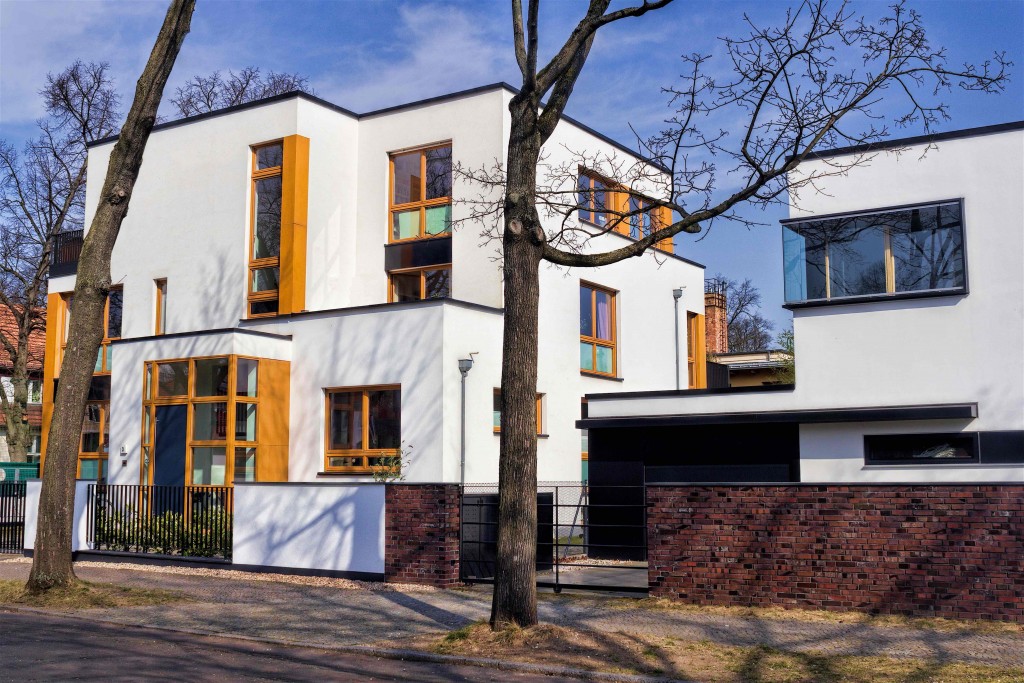Investing In Multifamily Properties: Condominium Conversion
Written by Paul Esajian

Every real estate investment strategy has an alternative approach, and there are several available when investing in multifamily properties. One of the more advanced is the condominium conversion, which consists of converting a single-family residential property into a multifamily complex with between two and four units. As of late, this investment strategy has become increasingly more popular and lucrative for real estate investors. Here’s why:
2015 saw the most multifamily units completed and introduced into the housing market since 1989, according to the Federal Home Loan Mortgage Corporation Freddie Mac, and the trend isn’t expected to stop. In fact, favorable demographic trends, strength in the job market and reduced affordability of owning a home will strongly fuel demand for multifamily properties in 2016 and beyond.
This investment strategy isn’t limited to just one type of investor, nor is it exclusive to one type of property owner. Those who already own a single-family home, or are considering purchasing one, can still take advantage of the current housing market by transforming their home into a multifamily investment. The following lays the groundwork for investing in multifamily properties, including converting from a single-family residential property into a multifamily property, and the prerequisites investors need to consider before getting started.
Investing In Multifamily Properties: Condominium Conversion

For homeowners considering converting their property into a multifamily investment, the first step is to look at current market conditions. Because home affordability continues to remain a pressing issue across the country, a large number of buyers unable to purchase a home are turning to rentals. That said, homeowners have a unique opportunity to turn their large single-family homes into multiple unit properties, which will not only provide for a growing demographic for renters, but also provide additional income as well. In some cases, homeowners can also legally subdivide their lot, turning one piece of property into two or more smaller parcels.
When converting a property into a mutifamily or sub-divided property, homeowners should pay special attention to the following market conditions:
Rental Prices: Before taking the plunge to convert your home, investors need to mind their due diligence and become fully aware of the rental market in their area. This can be done by speaking to a realtor or researching rent averages on websites like Zillow and Craigslist.
Rentability: Because vacancy is never a good thing for real estate investors, it’s important to consider the rentability of a potential investment before getting starting. Is your property near a college or a high traffic community of workers?
Interest Rates: For those considering purchasing a single-family property for the purposes of converting it into multiple units, it’s important to pay attention to current interest rates. Although this doesn’t apply to homeowners converting their home into a multifamily property, low interest rates continue to drive condominium conversion across the nation. Luckily, the current rate on a 30-year fixed-rate loan is hovering around 3.4 percent, making now a particularly good time to invest.
Multi-Unit Market: For those looking to convert their property into a multiple units and then sell them, it’s critical you have a handle on the current market. These multi-unit properties sell in a way that is unlike that of the standard single-family home, and are more commonly acquired by investors versus the standard homeowner. By dividing the property into separate lots, investors are also able to increase their profit margins by offering several smaller and more affordable properties.
Investing in multifamily properties requires a tremendous amount of due diligence to become successful. Investors looking to get started will need to commit a considerable amount of time conducting research, both inside and outside, before getting started.
How A Condominium Conversion Works

The inner workings of a condominium conversion can appear pretty complicated from an outside perspective. In essence, this concept of investing in multifamily properties seeks to capitalize on the total value of one’s property and land parcel by building additional housing units. And while it may seem daunting for new investors, even for professionals, it’s easily achievable.
To commence phase one, the permitting process, investors need to research the zoning and other municipal rules in their area by contacting their local municipal planning and building department. While zoning categories, symbols and ordinances will vary among communities, there are generally three categories your property will fall under:
Residential: This zoning category is designated for family residences such as single-family properties, but it also applies for apartments, duplexes, trailer parks, co-ops, and condominiums. This zone type will typically limit the number of structures allowed on certain properties, the type of animals allowed at a residence, and restrictions on home-based businesses.
Commercial: From offices to shopping malls, this zoning type is designated for commercial properties. All types of real estate can be considered, however, there are rules regarding the proximity of certain types of businesses to others.
Mixed-Use: Designed for highly populated areas, mixed-use zoning allows for commercial and residential properties to coexist with cultural and industrial properties.
The next step is to determine if your plans of converting your home into a multifamily property are feasible. If not, investors can still petition for rezoning by submit an application to their local municipal planning and building department.
Another form of condominium conversion occurs in the form of subdivision, where one piece of land is divided into two or more. This process entails submitting a proposed subdivision documentation with mapping and legal documents to the local jurisdiction — and once approved, the subdivision map is recorded and the property can then officially become a “condominium project” under state law. Lastly, investors will need to obtain another document called the “Declaration of Covenants, Conditions and Restrictions,” and create an individual title deed for each condominium. That said, investors can now sell each individual property separately, rather than as a whole.
The key to finding success when investing in multifamily properties is due diligence. As mentioned earlier, analyzing market conditions should be the first step investors take before undergoing any type of major investment. Understanding the market for residential condominium conversions and whether it makes financial sense as an investor is critically important when getting started.
Disclosure: None.



